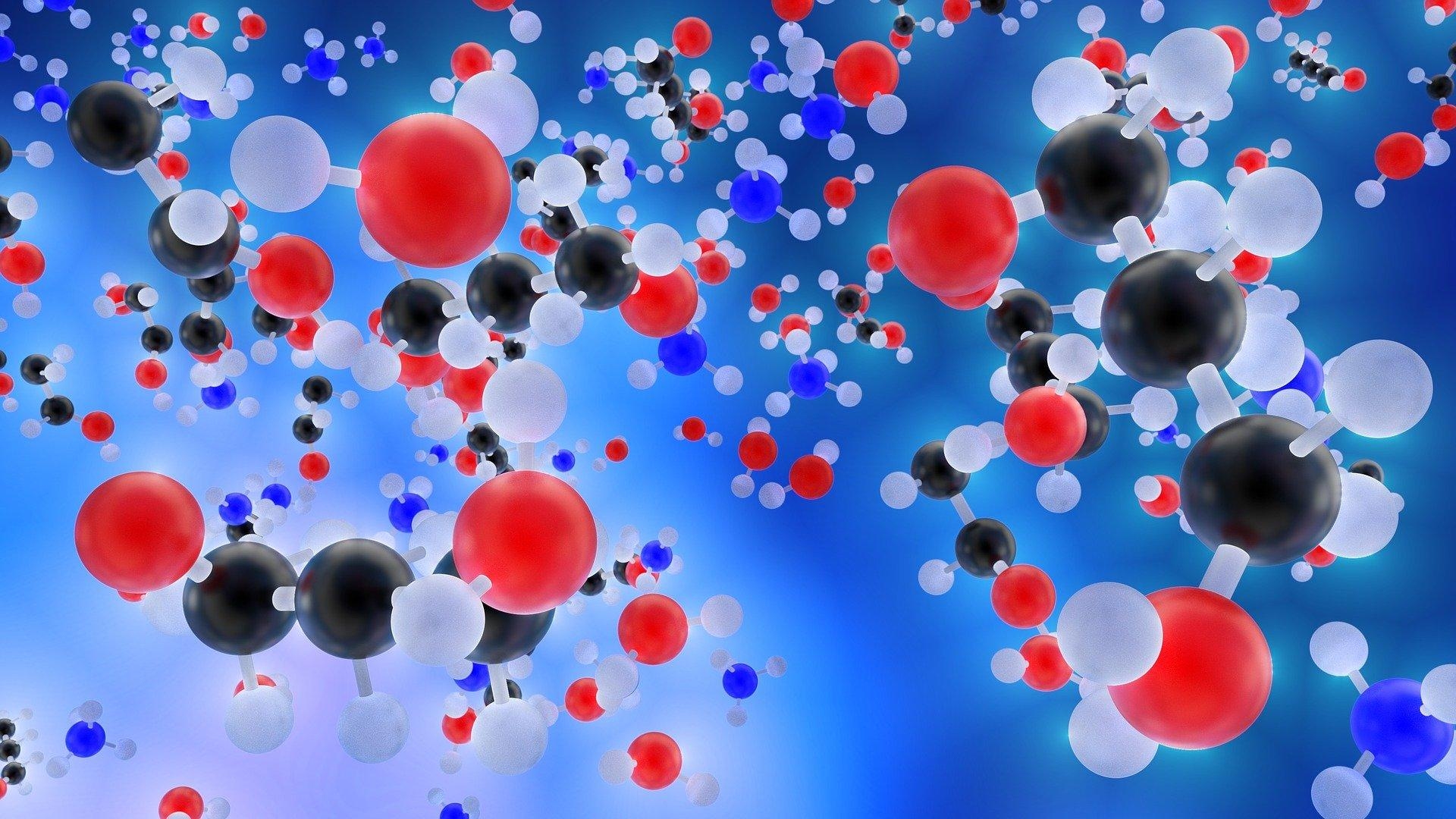– Applications
- Extracorporeal blood treatment to remove CO2.
- Continuous renal replacement therapy.
- Respiratory distress.
- Renal failure.
– Key Benefits
- Highly efficient CO2 extraction from blood.
- High CO2 removal efficiency at reduced extracorporeal blood flux.
- The use of organic acids is abolished.
- Possibility to perform a renal replacement therapy simultaneously.
– Offer
- Licensing out.
- Co-development.
Invention
An extracorporeal blood treatment for CO2 removal developed with a ionic exchange resin.
Background
Extracorporeal CO2-extraction from blood is employed for patients with respiratory failure. Currently, the methods used in clinics are not efficient and require the use of invasive approaches to compensate. Some experimental techniques based on the infusion of organic acids into the extracorporeal circuit have overcome these limitations by showing high CO2 removal efficiencies. However, the infused organic acids can cause metabolic acidosis and an increase in the body’s production of CO2, effectively reducing the effectiveness of the treatment.
Technology
This innovative technology overcomes the current limits of extracorporeal CO2-extraction by exploiting a cationic resin loaded with hydrogen ions for blood acidification, abolishing the administration of exogenous acids. The cationic resin does not influence the CO2 production in the body and therefore shows both efficiency and effectiveness working on a 200 ml/min extracorporeal blood flux. Moreover, the CO2-extraction circuit can be simultaneously used to carry out continuous renal replacement therapy.
Intellectual Property
Rights
- Patent granted in Italy.
- Patent pending in Europe and USA.
Inventors
- Antonio Pesenti, Alberto Zanella.
Contacts
Fondazione IRCCS Ca' Granda Ospedale Maggiore Policlinico, Milan - Italy
ufficiobrevetti@policlinico.mi.it - www.policlinico.mi.it/tto
